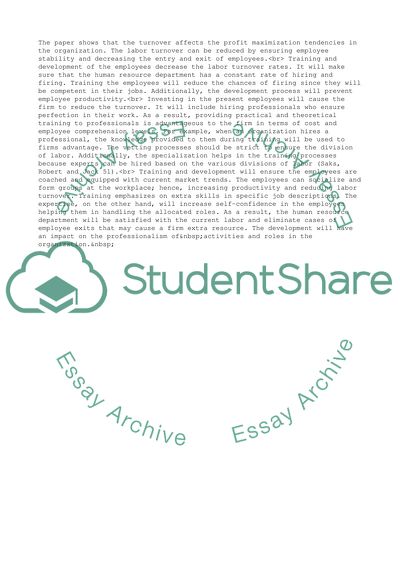Cite this document
(Managing the Performance through Training and Development Case Study, n.d.)
Managing the Performance through Training and Development Case Study. Retrieved from https://studentshare.org/management/1661937-the-financial-benefits-of-employee-training-and-development
Managing the Performance through Training and Development Case Study. Retrieved from https://studentshare.org/management/1661937-the-financial-benefits-of-employee-training-and-development
(Managing the Performance through Training and Development Case Study)
Managing the Performance through Training and Development Case Study. https://studentshare.org/management/1661937-the-financial-benefits-of-employee-training-and-development.
Managing the Performance through Training and Development Case Study. https://studentshare.org/management/1661937-the-financial-benefits-of-employee-training-and-development.
“Managing the Performance through Training and Development Case Study”, n.d. https://studentshare.org/management/1661937-the-financial-benefits-of-employee-training-and-development.


